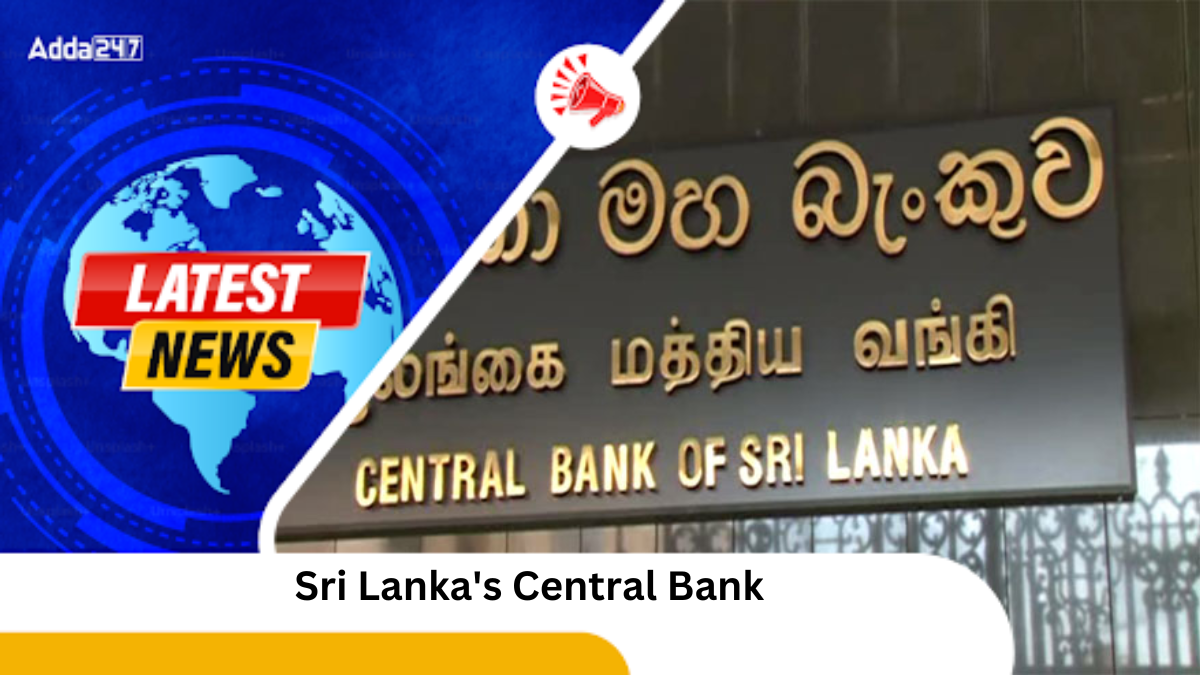Sri Lanka’s Central Bank (CBSL) has implemented a significant monetary policy shift by introducing a single Overnight Policy Rate (OPR) at 8%, signaling a further easing of its monetary stance to support the country’s fragile recovery. This move follows a deep financial crisis and aligns with the ongoing debt restructuring process. The OPR replaces the previous system of two key rates, the Standing Deposit Facility Rate (SDFR) and the Standing Lending Facility Rate (SLFR), marking a notable change in the country’s monetary policy framework.
Key Developments
Transition to a Single Policy Rate
CBSL eliminated the SDFR and SLFR, simplifying its monetary framework to focus on the OPR. This reflects the central bank’s aim to stabilize inflation and foster credit growth without signaling an end to the easing cycle.
Economic and Inflation Outlook
The policy shift comes amid deflationary pressures, moderated inflation expectations, and the external economic stabilization. Inflation is expected to rise by mid-2025, influencing CBSL’s cautious approach to further rate cuts.
IMF Support and Debt Restructuring Progress
Sri Lanka secured a $2.9 billion IMF package in March 2023, enabling gradual recovery from a severe debt crisis. On Tuesday, the nation initiated a $12.55 billion bond swap, a critical step in completing a 30-month debt restructuring process. Completion is anticipated to lower government securities’ interest rates and stimulate credit growth.
Factors Behind the Easing Decision
The monetary board’s decision was driven by a detailed review of both domestic and international economic conditions, including the current deflationary pressures and the progress of the external economy. The CBSL’s efforts aim to bring inflation down towards the 5% target while maximizing the economy’s growth potential. Notably, the country’s debt restructuring, which includes a $2.9 billion IMF package and the bond swap process, has provided a foundation for economic stability, fueling optimism for a 4.4% GDP growth in 2024.
Future Economic Outlook
Sri Lanka is gradually recovering from a debt crisis, with improved external developments and reduced inflationary pressures. Analysts anticipate that this policy shift, combined with the ongoing debt restructuring, will lower interest rates on government securities, boost credit growth, and foster broader economic recovery. However, the central bank has stated that it does not foresee additional rate cuts unless inflationary conditions stabilize further.



 Operation Hawkeye: US and Jordan Strike ...
Operation Hawkeye: US and Jordan Strike ...
 India and the Netherlands Set Up Joint T...
India and the Netherlands Set Up Joint T...
 Brazil Hands Over BRICS Presidency to In...
Brazil Hands Over BRICS Presidency to In...







